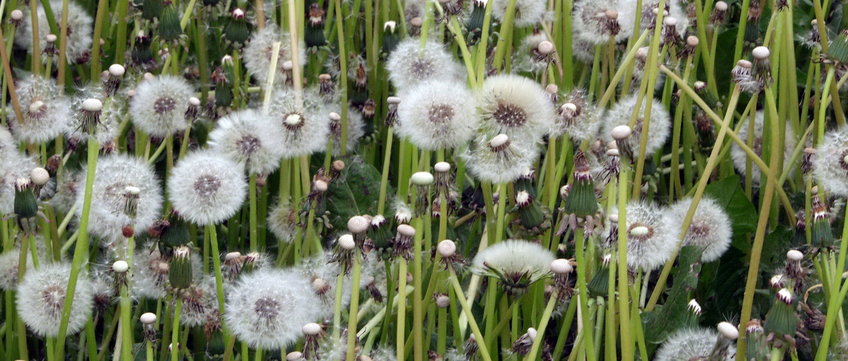
Gut Linde (Germany)
A weather station for nature conservation research
Gut Linde is founded by the Zwillenberg-Tietz-Stiftung
Description & History
The former estate Linde, on the edge of a nature reserve, situated in the region Brandenburgisches Havelland, with its 320 hectares of fields, meadows and forests offers splendid conditions for wildlife conversation and research activities. The Zwillenberg-Tietz-Foundation, as the owner of the land of the research station Linde, supports innovative research projects in basic and applied research in the field, such as from our Institute in Jena.
In March 2015 the research station was additionally equipped with an essential facility: a new weather station was installed at Linde. Design, equipment and components of the weatherstation are based on the guidelines of the German Meteorological Service (DWD).
On the 10-meter-high triangle lattice tower are several devices for air temperature, air humidity, air pressure, global radiation, the wind direction and wind speed. Within the fenced off area around the mast soil moisture and soil temperatures at different levels up to 1 m are being measured, and a precipitation giver recognises the amount of rain, snow, sleet and hail.
The measurements are requested every 10 s, all measured data are compressed to 10-minute-mean values and directly transmittet to the MPI in Jena. The graphically compiled series of measurements can bee seen on the webpage Zwillenberg-Tietz Foundation as well as on our own site under weather Gut Linde.
The new station was erectet in the course of a research project to develop an early-warning system to detect ecosystem changes. Dr. Vanessa-Nina Roth and Prof. Gerd Gleixner from MPI for Biogeochemistry examine for this purpose in three different locations - grasland, oak forest and pine forest - the influence of the vegetation on the chemical composition and the export of dissolved organic compounds. Per site soil water is collected from five dephts between 5 cm and 60 cm. In regularly time intervals the amount of dissolved organic and inorganic carbon is being deteremined as well as the most important minerals. Based on these results the molecular composition of the dissolved organic compounds in soil water can be identified via ultra high precision mass spectrometry. The tracing of the molecular fingerprints with regard of the environmental parameters (weather data, vegetation, chemical composition of the water, etc.) is meant to show, how the characteristics of an ecosystem influence molecular fingerprints. Upon the understanding of this interaction molecular fingerprints can help to detect ecosystem changes at an early stage.
The research project and the new meteorological station are being funded by the Zwillenberg-Tietz-Foundation.
Location
Fettwiese (Futterwiese)
Vegetationshöhe variabel
Latitude: 52.54
Longitude: 12.65
Elevation: 38 m ü.d.M.
Overview
- Meteorology (after regulations of German Meteorological Services - DWD)
- Dissolved organic compounds (DOCs) - soil water from 5 depth
Projects
- Molecular fingerprinting of ecosystems
Collaboration
Variablen & Instrumente
Wetterstation nach DWD Richtlinien
Lufttemperatur, Luftfeuchte, Luftdruck, Globalstrahlung, Windgeschwindigkeit und Windrichtung
Meteorologie
- Windgeschwindigkeit und Windrichtung - 2D-Ultrasschall-Anemometer uSonic-2, Metek
- Luftdruck - Druckgeber, Pressure Transmitter 61302V, Young
- Lufttemperatur und Luftfeuchte - Temperatur-Feuchte-Sensor IAK..., Mela
- Niederschlag - beheizter Kippschaufel-Niederschlagsmesser, Thies
- Globalstrahlung - Pyranometer CMP3, Kipp&Zonen
Bodenverhältnisse
- Bodenfeuchte - Bodenfeuchtesonde, Soil Moisture Probe ML3,
Datenerfassung
- Meteorologische Daten - Datenlogger CR1000, Campbell Scientific
- Vegetation - Digital Kamera (n.n.)